At the NXP Auto Technovation Summit 2021, the need to shape up a robust ecosystem for electrical vehicles took centre stage. Team ACI brings to the fore, the key opportunities and challenges identified by stakeholders of the industry.
NXP India concluded a successful edition of the ‘Auto Technovation Summit’ 2021. Organised under the aegis of the India Electronics and Semiconductor Association (IESA) and Automotive Core interest Group (CiG), the summit was focused on the creation of a robust ecosystem for electric vehicles. It was aimed at establishing, a high degree of synergy between various stakeholders including the EV Infrastructure companies overlooking battery and charging, startups, OEMs and tier1s on one end of the spectrum and the Govt. and key technology players on the other end of the spectrum. By doing so, it was opined that the industry as a whole could succeed at finding custom solutions to meet the needs of the segment.

According to S Jabez Dhinagar, Senior Vice President, Advanced Engineering Group at TVS Motor Company Ltd., there was visible demand in the two-wheeler segment. At TVS, he said, “Work is underway to build the desired ecosystem for the customer. There are a lot of concerns that the customer has.” “The customer of today is clear about not losing the advantages and or capabilities associated with the conventional Internal Combustion Engine (ICE). This pandemic has made people travel more as isolated individuals which have resulted in two-wheeler sales booming,” he opined.
Priority focus areas
To tap the potential of this boom, for instance, TVS Motor is investing in optimising procurement of electronic components. It is also looking at enhancing the assembly and complex integration of battery packs, compact packaging of mechatronics, ensuring product longevity besides looking at efficient manufacture on the whole. On the need to address range anxiety, explained Dhinagar, “We all know how customers ply lesser relative to the battery charge at hand. Providing a high range battery pack despite the low distances covered translates to higher production costs and total cost of ownership.” Seeking government intervention to set up a seamless charging ecosystem, he said, it was theoretically possible to allay the fears of range anxiety. It would also help reduce the battery pack size.
Battery manufacture
On battery manufacture, Atul Arya, Head Energy System Division at Panasonic India stated that a battery is equivalent to the fuel tank of a conventional ICE vehicle. “It has always been a key focal point of discussion for many known reasons like the battery size itself evolving constantly. We are not just paranoid about the safety of battery we are paranoid about the safety of a cell, and I think that’s an essential precondition for laying out a battery,” he explained. Reasoning that a cost objective alone cannot drive its development, he called for a need to create an ecosystem with safety as a top priority. Arya also urged the need to inculcate discipline at an early stage that India finds itself to be in.
He projected that the incremental growth of several countries from 10-20-30 per cent could in effect translate to a 1500 kWh demand for India by 2030. “If it continues to grow at about 100-120 times in a short period of 15 years, we will need an equally high proportion of raw material to cope with such a demand for which there is a need to diversify dependence from the select few raw materials today,” he opined.
New chemical compositions
On new chemical compositions, the stakeholders unanimously agreed to the new chemistry needing development time and hence an early start from the industry. Of the opinion that the need was not just to develop a chemistry, but also to test on crucial fronts like safety supported by a complete manufacturing ecosystem. Such a digress from conventions would in turn translate to the battery or cell design being re-imagined, again a time-consuming process. If the industry starts now, it is expected to take another two or three years for the proliferation of such new variants.
Alternative energy resources
On alternative energy resources, Vikram Gulati, Country Head and Senior Vice President at Toyota India said India, in comparison to countries like Norway, into renewable energy sources, would continue to rely on carbon-based electricity generation. Opined Gulati, in addition to the supply-side and demand-side incentives doled out by the government, the need was for shaping up a vibrant, local manufacturing ecosystem for Evs to be able to create an aggregate demand and sufficient visible order pipeline for investments to become viable.
Microcontrollers
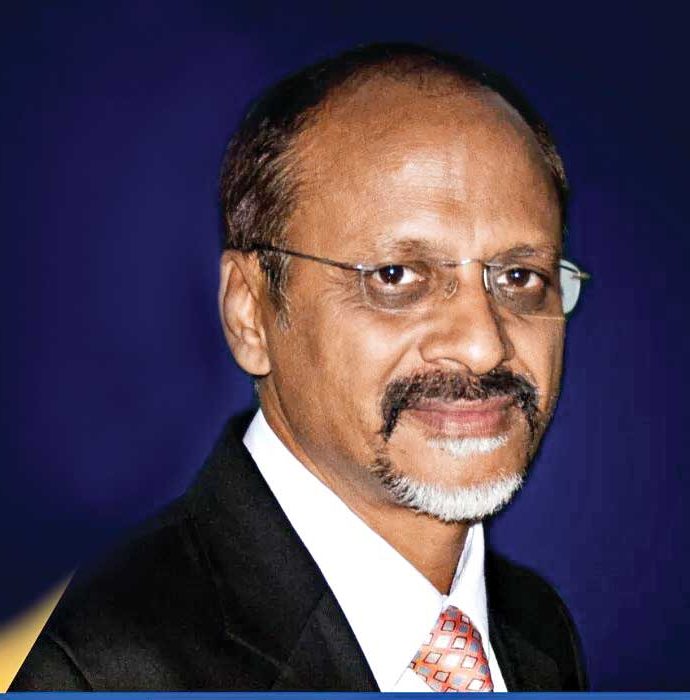
On the growing development in Microcontrollers, Satya Gupta, Chairman at IESA, drew attention to electrical components playing a significant role. “In the last one year, there’s been a considerable interest in gallium nitride and silicon carbide technologies and their local manufacturing,” concluded Gupta. Calling the democratisation of the processor and digital processors an excellent use case for India, he also credited the feasibility to the growing access to technology and the cost reductions associated with the open-source processor architecture. In his experience with universities and startups, improvement in microcontrollers and underlying technologies is well on the cards for India.
Serviceability
On serviceability, the company as per Dhinagar is developing tools to help the industry mature. He advocated the need to ensure proximity of serviceability by the kerbside much like the case with the ICE counterparts, developed over the years to instil buyer confidence in electric vehicles. On the reusability of batteries, he called for the need to ensure battery repairs over the prevalent consideration of replacement. “When can we make the battery in the supply chain repairable so reusable?” he questioned. As a result, he explained, the industry would not have to let go of the opportunity of using them for scenarios like in Battery Energy Storage Solutions (BESS). The country, he added, could expect to have a population of 30-40 million vehicles if it built the desired ecosystem in five to seven years.
Fast charging

On fast charging, Anant Nahata, Managing Director of Exicom Group, admitted to the need of having a robust charging infrastructure place. “Companies are already working on a range up to 500 km per charge with entry-level electric cars today offering a range of 250-300 kilometres up from the previous generation offering a 100-120 kms range,” he mentioned. Citing a bulk (80-85 per cent) of charging taking place at home today, opined Nahata, by end of 2021, there would be 50-100 fast-charging stations in every megacity of India. Drawing attention to the success of the battery swapping model, reasoned Nahata, it was India specific. “There is no standardisation of electric vehicle sockets and connectors etc leading to people looking it swapping as a means to save on upfront capital,” he quipped.
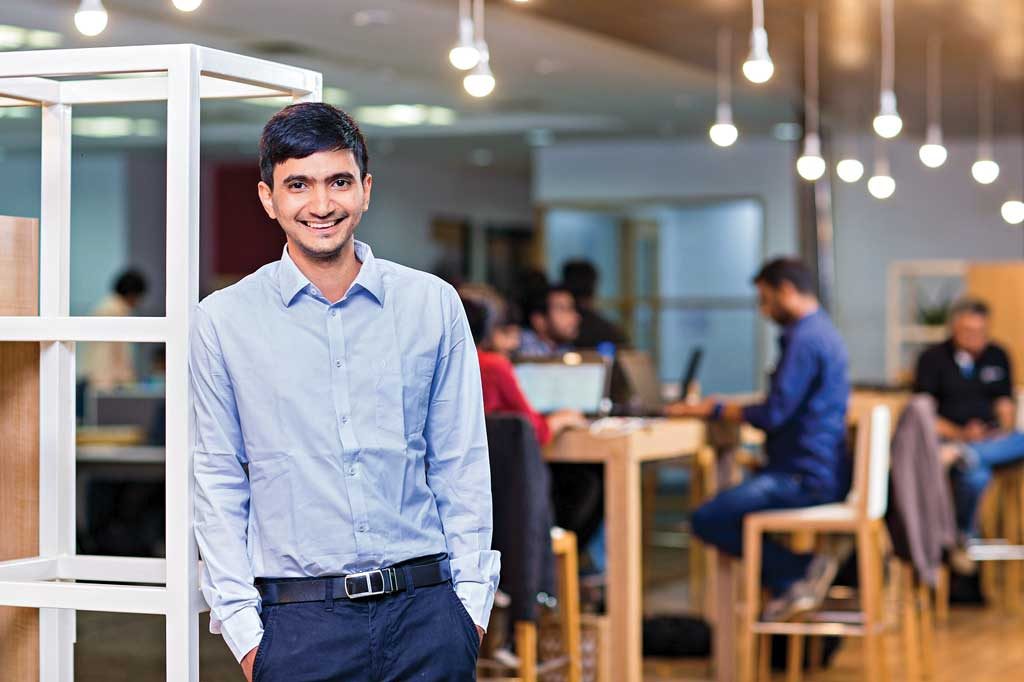 He equated standardisation of charging touchpoints as the founding stone for Evs to succeed. Swapnil Jain, Co-founder and Chief Technology Officer at Ather Energy drew attention to the various permutations and combinations that were being studied before the product is finally optimised. Taking the example of Ather Energy, he concluded, the company was looking at multiple factors involving cost optimisation, attractive value additions and personalisation besides also looking at building a charging ecosystem such that the customer can charge midway and is freed up from concerns like range anxiety. ACI
He equated standardisation of charging touchpoints as the founding stone for Evs to succeed. Swapnil Jain, Co-founder and Chief Technology Officer at Ather Energy drew attention to the various permutations and combinations that were being studied before the product is finally optimised. Taking the example of Ather Energy, he concluded, the company was looking at multiple factors involving cost optimisation, attractive value additions and personalisation besides also looking at building a charging ecosystem such that the customer can charge midway and is freed up from concerns like range anxiety. ACI


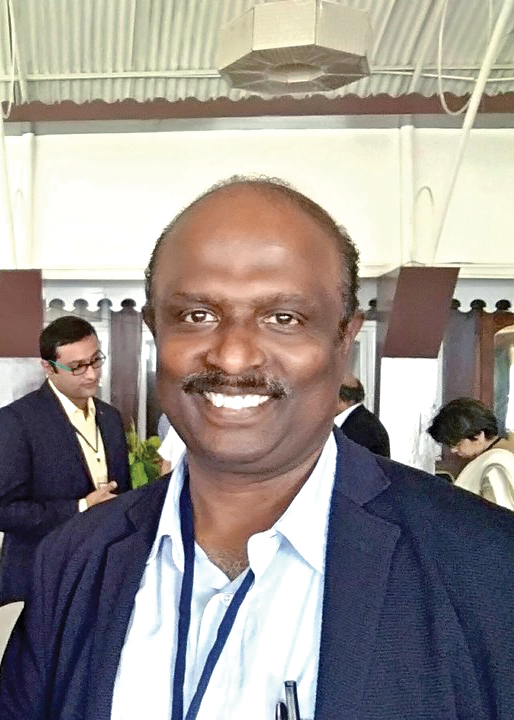
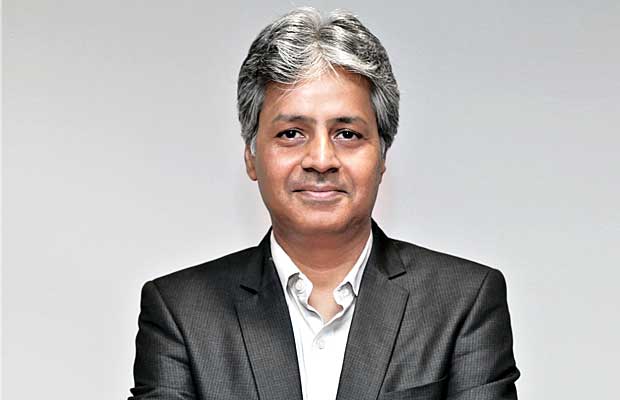
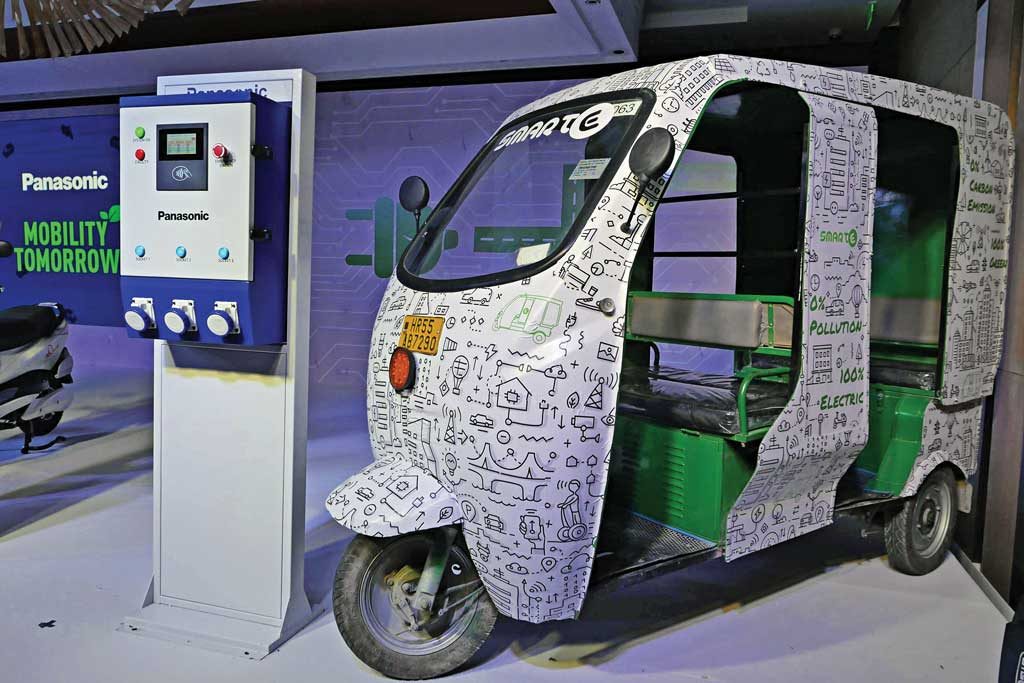




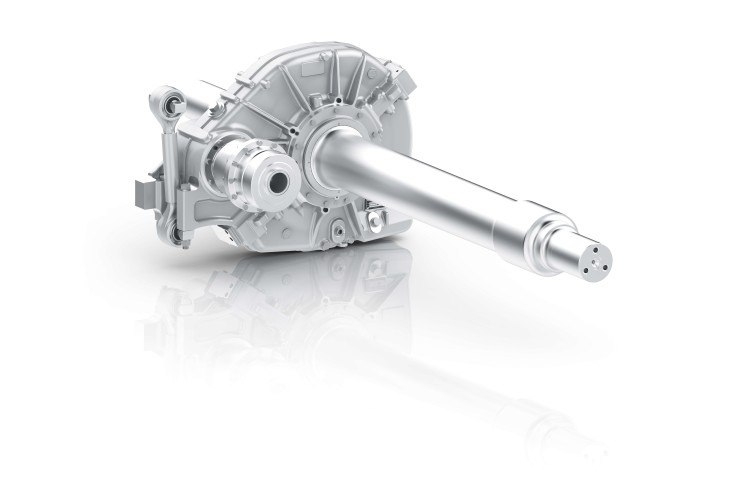
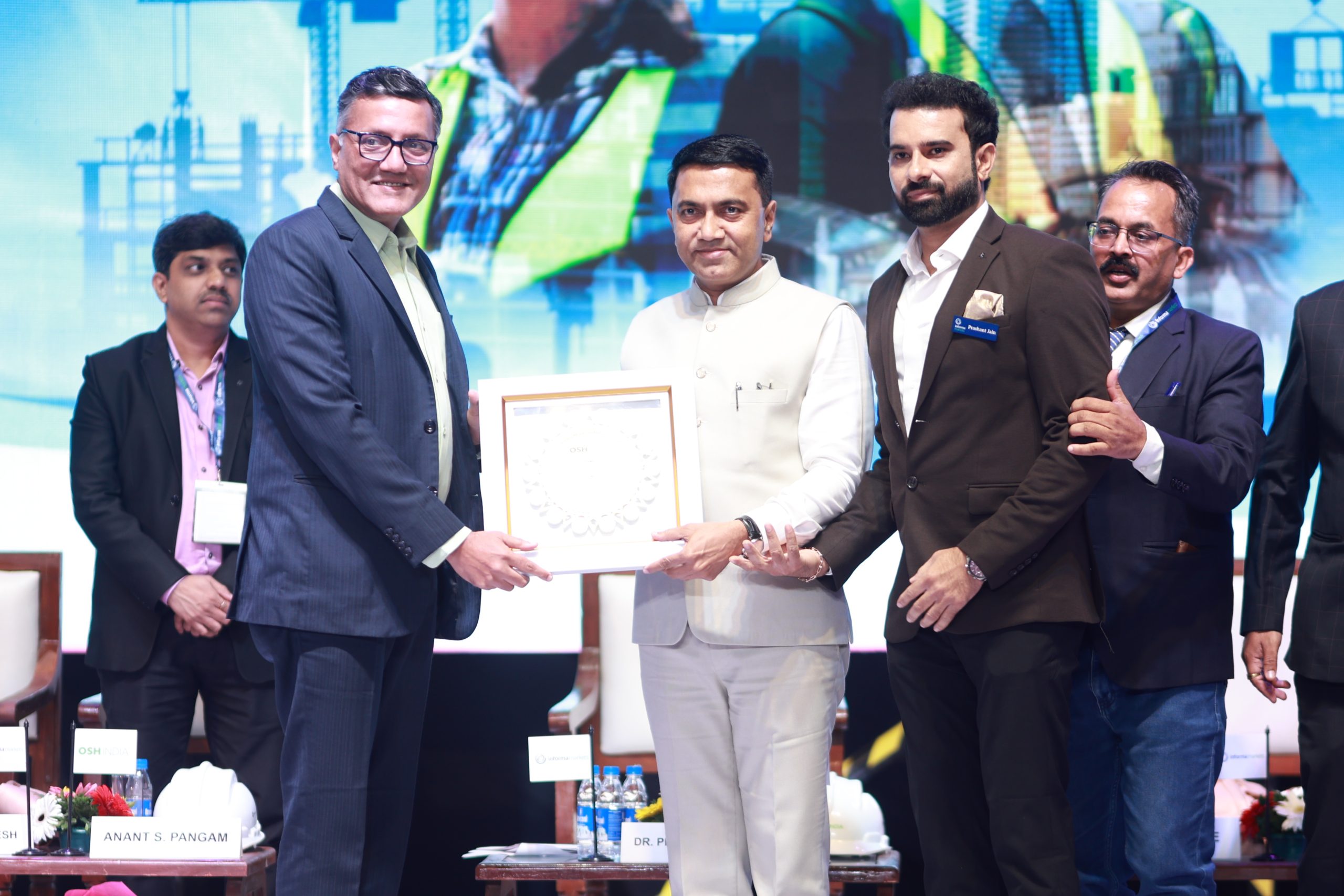



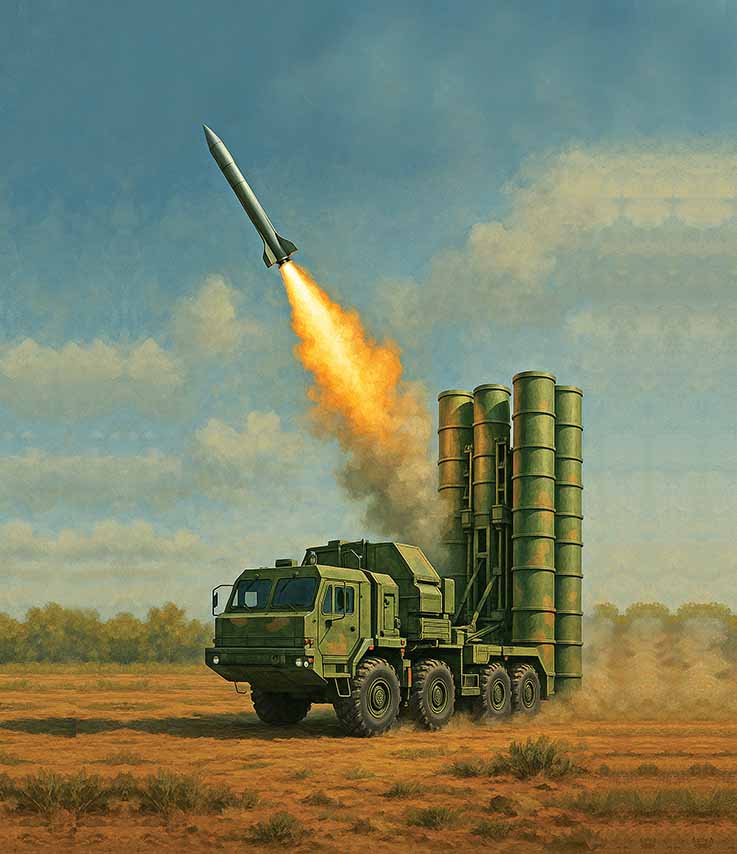

Leave a Reply